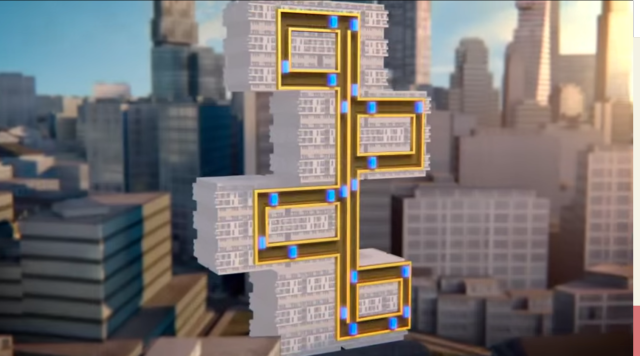Just like Willy Wonka's glass 'Wonkavator', engineers in Germany have developed an elevator capable not just of moving up and down, but whizzing "sideways, and slantways, and longways, and backways"… well in theory, anyway.
Created by German steel and engineering company ThyseenKrupp, the elevator relies on magnetic levitation (or maglev) technology, like the kind that currently powers the world's fastest trains. And testing of the system will reportedly begin in 2016.
Maglev works by using a system of magnetic superconductors - in this case, inside the elevator and lining the walls of the shaft - that repel each other, causing the elevator to float in a particular direction.
For trains, this system means they can whoosh along at more than 500 km/h without being slowed down by friction. But although these new elevators will be faster than current ones, speed isn't the goal, it's to create a circular shaft through a building that can be used by multiple elevators at once (like the one below). This means the wait for the next lift is going to be drastically cut.

It also means that engineers will now be able to build taller buildings in a range of different shapes - or as the company's head of R&D Patrick Bass told the Financial Times: "futuristic buildings that previously could only be dreamed of."
As Richard Macauley reports for Quartz:
"Tall buildings and compact cities are better for the environment and will become increasingly important as the planet's urban population swells. But elevators have evolved so slowly that they have become a major impediment to building taller and more compact structures. Traditional shafts can occupy 40 percent of a building's total footprint, and the limits of current designs usually mean that taller buildings have longer waits for the next lift."
ThyssenKrupp aims to change that, and promises its elevator shafts will have as little as half the footprint of current shafts.
Watch the video on the new development below:

We'd never really thought about it before, but now that we have, we can't believe we've allowed ourselves to be held back by such slow, constrained devices for so long.
For comparison, Hitachi is also working on creating game-changing elevators too:

We're excited. The future looks…sideways.
Source: Quartz, The Financial Times
